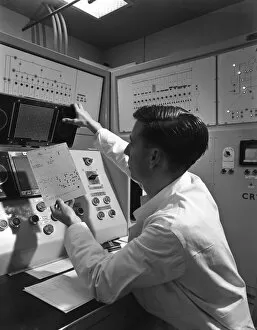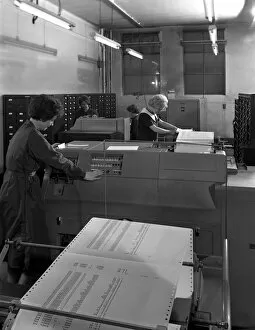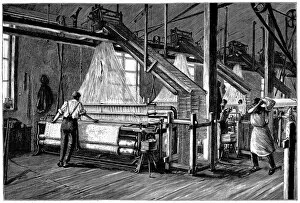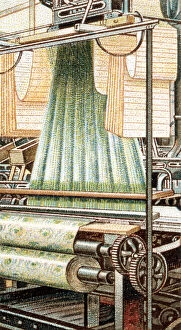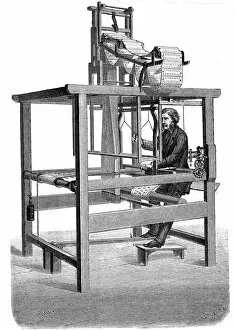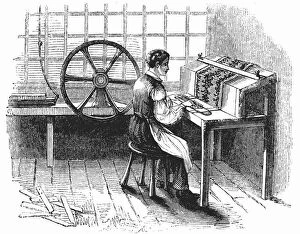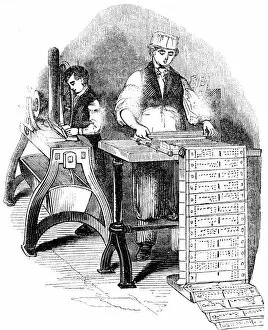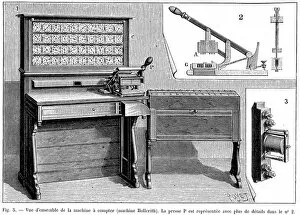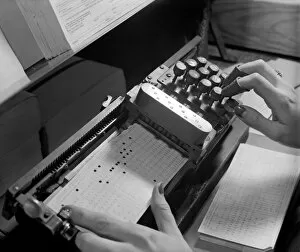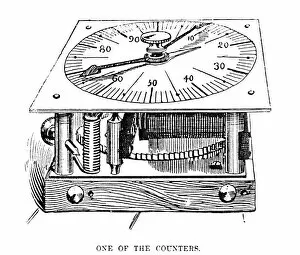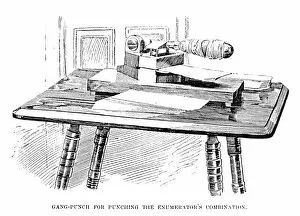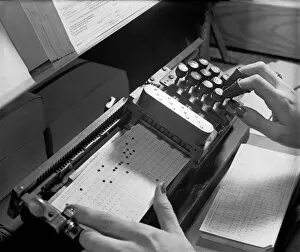Punch Card Collection
"Punch Card: Weaving the Threads of Innovation from Sweden to Sheffield" In the former mill town of Norrkoping, Southeast Sweden
For sale as Licensed Images
Choose your image, Select your licence and Download the media
"Punch Card: Weaving the Threads of Innovation from Sweden to Sheffield" In the former mill town of Norrkoping, Southeast Sweden, a revolution in textile production was born. It all started with Joseph Marie Jacquard, the French silk-weaver and inventor who introduced his groundbreaking Jacquard loom in Lyon, France back in 1801. Little did he know that his invention would pave the way for a technological marvel that would transcend time and geography. Fast forward to 1962 at Spillers Animal Foods in Gainsborough, Lincolnshire, where punch cards found their place on the production line control room. These intricate pieces of cardboard were meticulously punched with patterns that dictated the movements of machines - an early form of programming before computers took over. Meanwhile, across England's industrial heartland in Sheffield factories like Edgar Allen Steel Co. , tabulating machines hummed away as workers operated them within punch rooms. The clattering sound echoed through these offices as data was recorded onto punch cards - a vital tool for organizing information before digital databases became commonplace. But it wasn't just about industry; art also found its inspiration from this ingenious technology. In 1963, an artist captured the essence of these tabulating machines at work in a Sheffield Factory office – a testament to how even mundane tasks can be transformed into artistic expressions. Backtracking further to c1850s France and c1880s weaving sheds fitted with Jacquard power looms showcased how these revolutionary devices had become integral parts of textile manufacturing. Skilled weavers manipulated swags of punched cards on their Jacquard looms to weave intricate patterns effortlessly – combining creativity with mechanical precision. From Lyon to Norrkoping and beyond, punch cards left an indelible mark on history by enabling complex automation long before computers came into existence. They bridged continents and centuries as they continued evolving alongside human ingenuity – forever intertwined with innovation.


